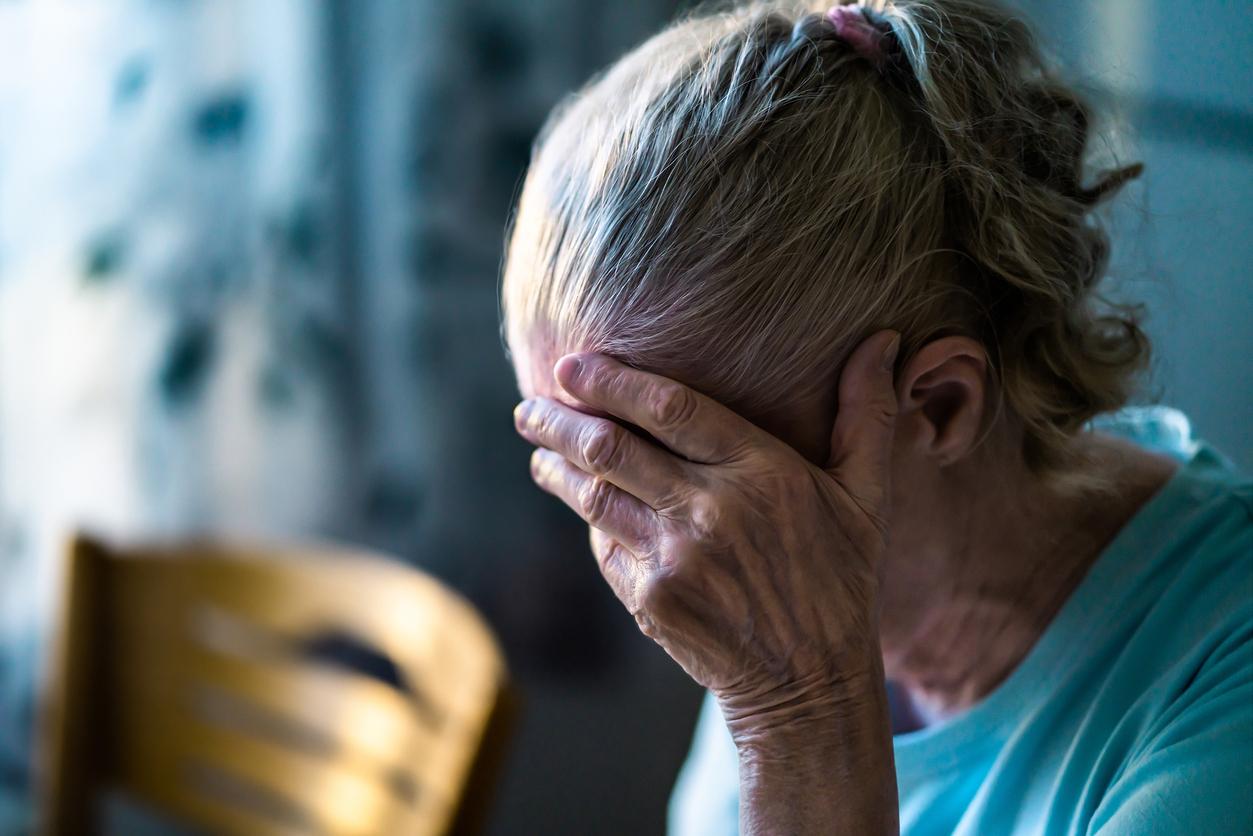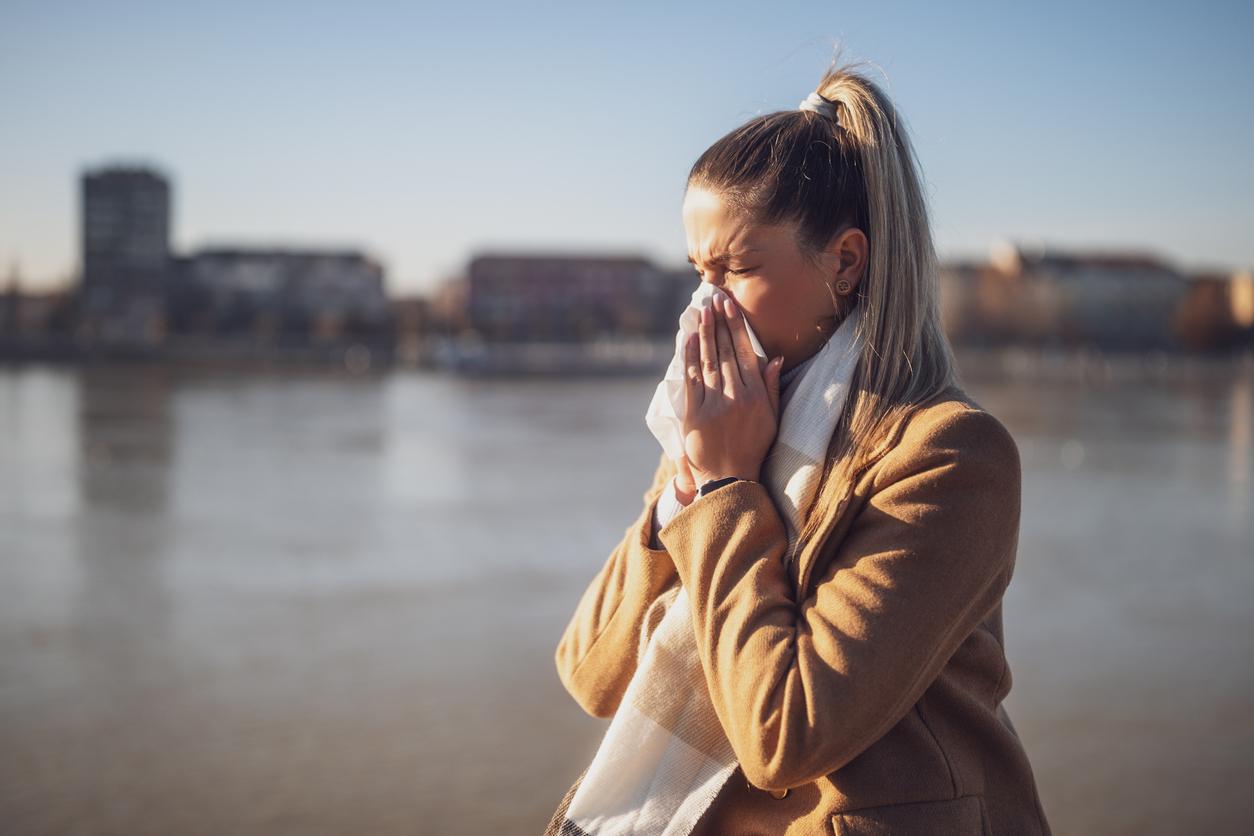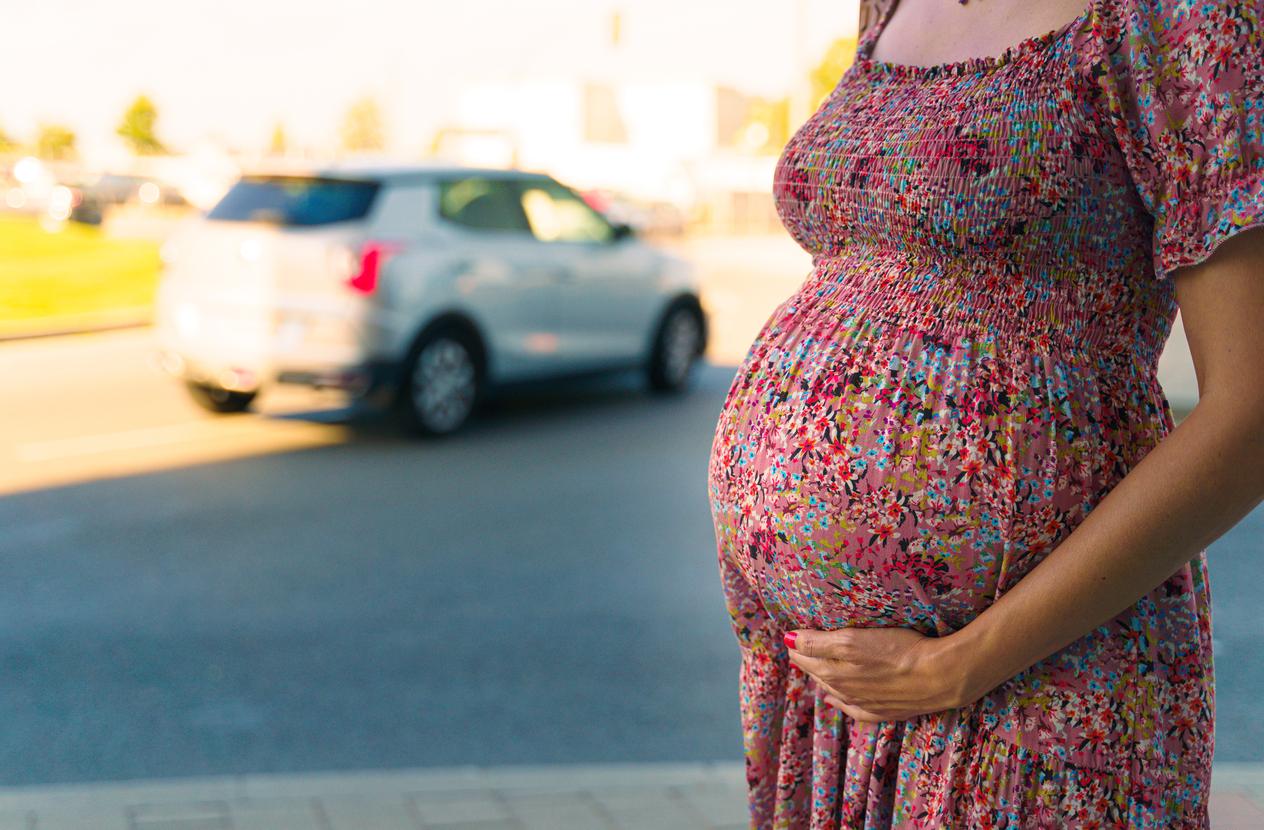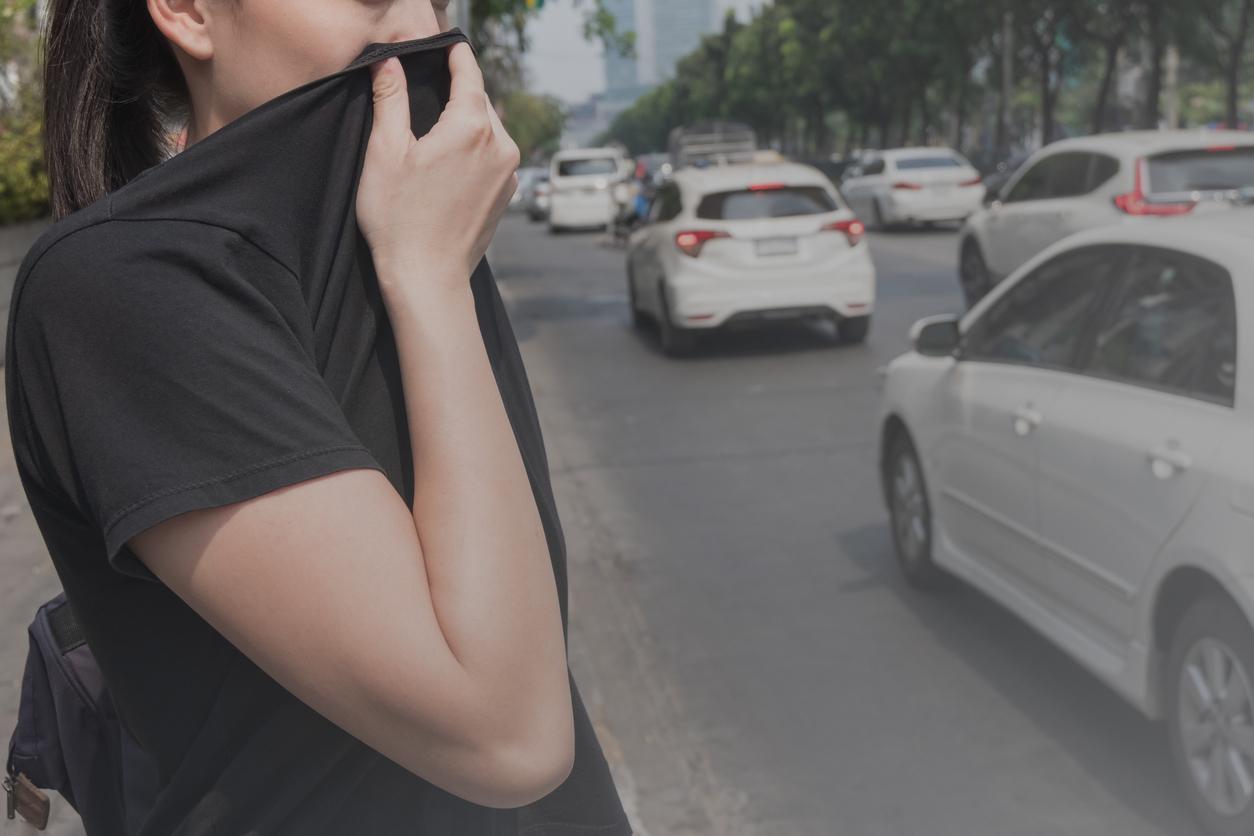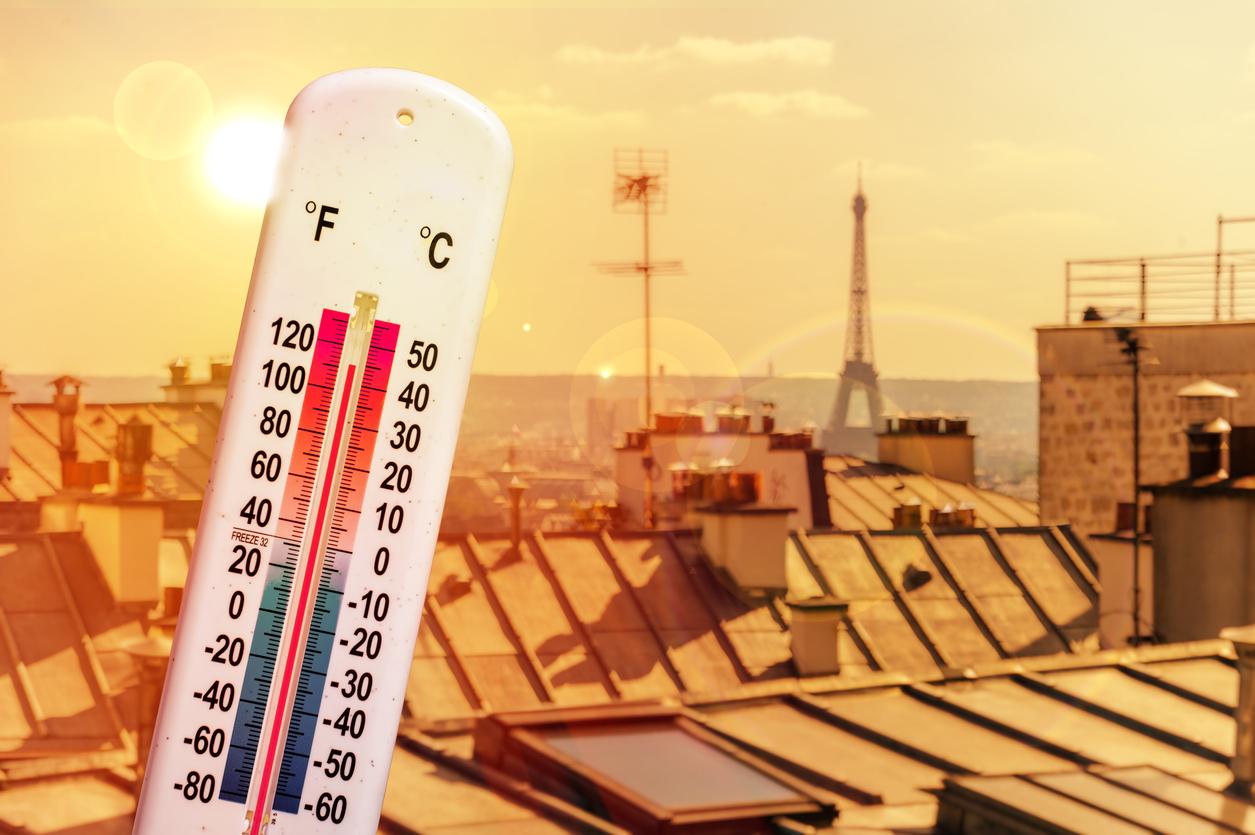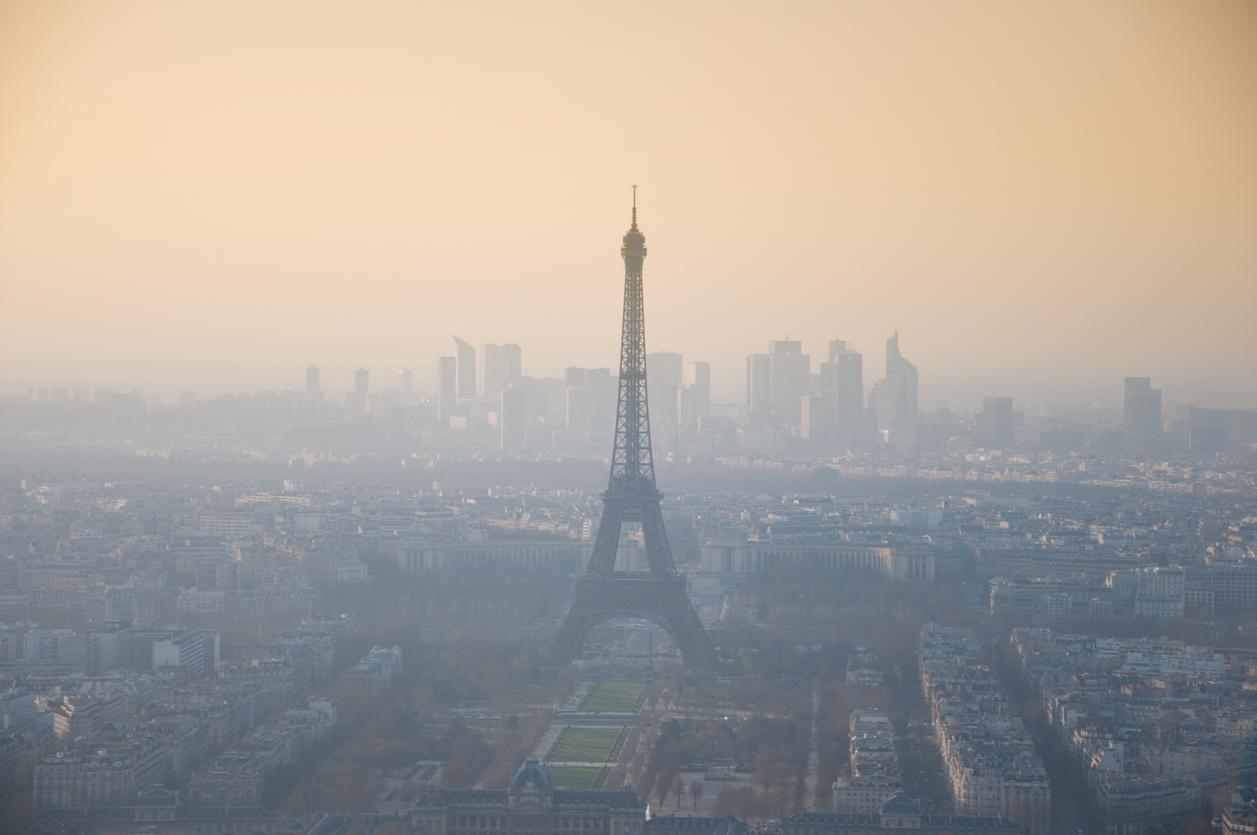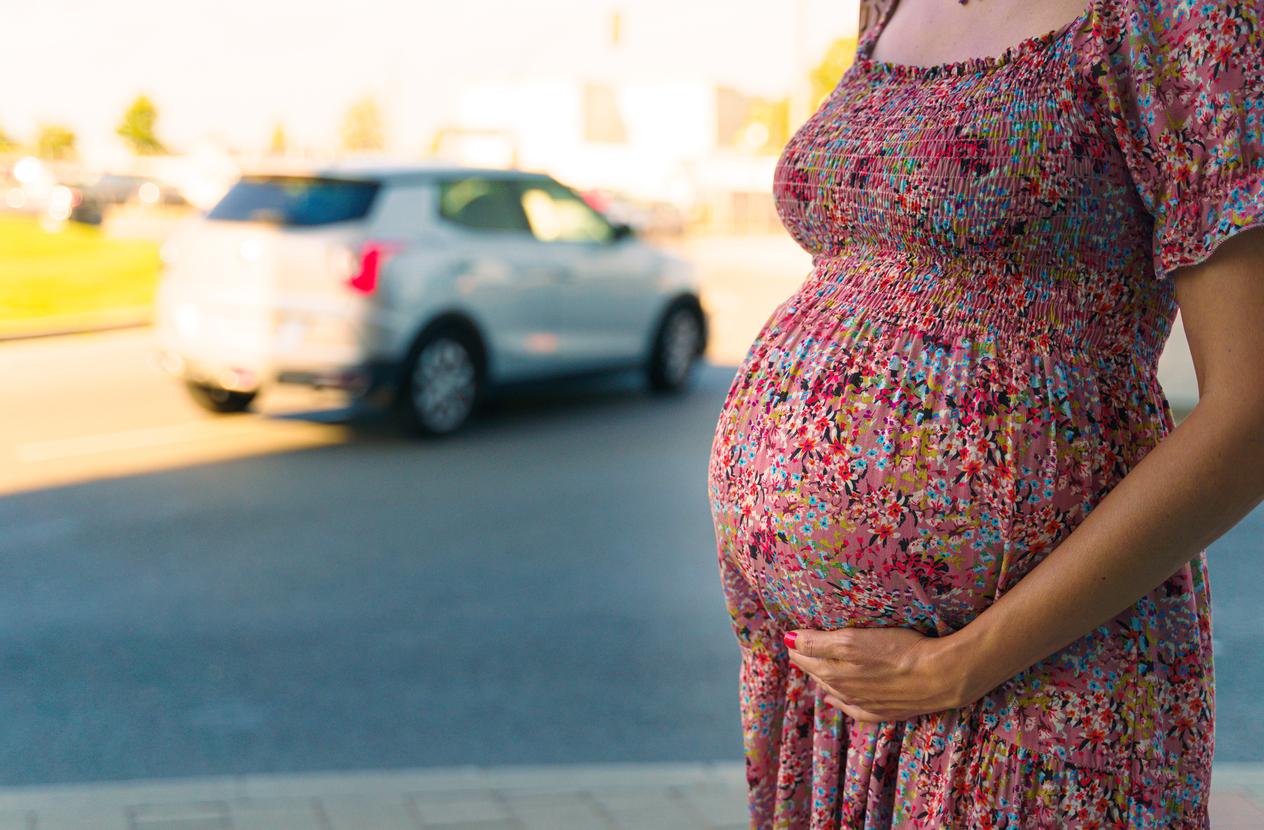Due to a new episode of fine particle pollution in the Paris region, differentiated traffic will be implemented for the first time.

Definitely, she does not let us go. Pollution, its deadly cloud, loaded with fine particles that get lodged in our bronchi and lungs. In large French cities, pollution peak alerts punctuate the daily lives of residents.
In the Paris region, the “alert threshold” for fine particle pollution was exceeded on Saturday evening with a concentration of 90 µg / m3, according to Airparif. The situation worsened on Sunday and the body responsible for monitoring air quality predicts a concentration of between 90 and 110 µg / m3.
Thumbnails under test
Rebelote, therefore. This Monday, car traffic will be restricted – drivers are almost starting to get used to it. But this time, it’s a great first for Ile-de-France residents, who will taste the “differentiated traffic” implemented with the Crit’Air sticker. The concept, perhaps still vague for some, is applied for the first time. It will quickly become familiar to them.
The anti-pollution stickers classify cars into six categories according to their level of pollution. Only the cleanest will be authorized to drive in Paris and in the inner suburbs (i.e. 69 municipalities located inside the A86).
In practice, unclassified vehicles (mostly registered before 1997) and class 5 vehicles (registration between 1997 and 2001) will be banned. If you defy the ban, the fine is 22 euros.
At the same time, tickets will be cheaper in public transport (day pass at 3.80 euros) – but not free as before, the Ile-de-France region having given up on offering free travel during these pollution peaks at repetition, which end up being a real financial sinkhole.
Lyon and Grenoble affected
The “alert threshold” (from 80 µg / m3) was also exceeded in the Lyon and Grenoble regions, in the Arve valley, in the Ile-et-Vilaine department, and in several Burgundy departments ( Yonne, Nièvre and Saône-et-Loire), a situation which should continue on Monday.
In Lyon and Villeurbanne, where vignettes are not yet compulsory, the prefecture is setting up a dual system of alternating and differentiated circulation: vehicles with an even number plate will not be able to circulate, except those with green vignettes (zero emissions), purple (1), yellow (2) and orange (3).
Capricious weather
In the capital, weather conditions unfavorable to the evaporation of pollution explain the persistence of the pollution cloud. “A high pressure situation and cold, dry weather, associated with little wind and a temperature inversion which will create a bell over the Ile-de-France and keep the pollutants on the ground”, explains Charles Kimmerlin Airparif, quoted by AFP. An explanation valid for other regions which experience the same weather conditions.
In addition to traffic, the prefectures have introduced other measures to reduce emissions, such as stopping chimney fires or banning open air burns. However, traffic remains the main source of fine particle pollution. According to the Environment Agency (Ademe), the finest and therefore the most feared particles (PM 2.5) came from 58% of road traffic in Paris in 2012.
.







